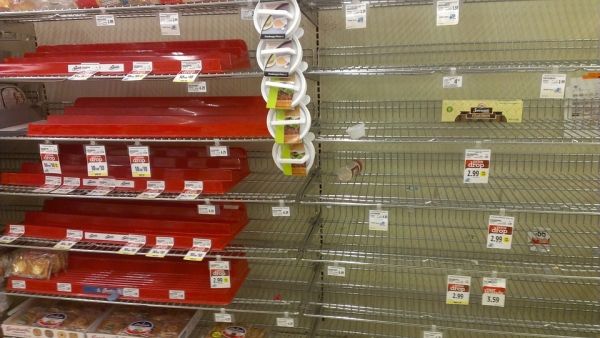Consumer stockpiling and hoarding took center stage in recent months as the COVID-19 virus has spread around the world, and with it, panic buying on the part of millions. News broadcasts and social media feeds have been filled with examples of the worst aspects of human nature.
Two marketing researchers, who have been studying this phenomena in-depth long before the current pandemic, have completed research and produced a study that reveals that a consumer’s decision on how much to buy in each shopping trip depends on their current inventory, and what they expect prices to look like in the near future.
The research study, which was first published in 2017 in the INFORMS journal Marketing Science, is titled “Identification and Estimation of Forward-Looking Behavior: The Case of Consumer Stockpiling.” It is authored by Andrew Ching of Johns Hopkins University and Matthew Osborne of the University of Toronto.
“In particular, because the study finds that the extent by which consumers discount the future suggests that they only plan weeks ahead,” said Ching. “The research focused on how consumers respond to price promotions in storable goods markets like basic food supplies, toilet papers, hand sanitizer, laundry detergent, etc. We learned that by properly factoring in the consumer’s ‘cost’ of storage, combined with the number of packages stored, it is possible to determine how far ahead they plan. Our framework allows retailers to better determine price promotion strategies for products.”
Read more at Institute for Operations Research and the Management Sciences
Photo Credit: jbarsky0 via Pixabay


